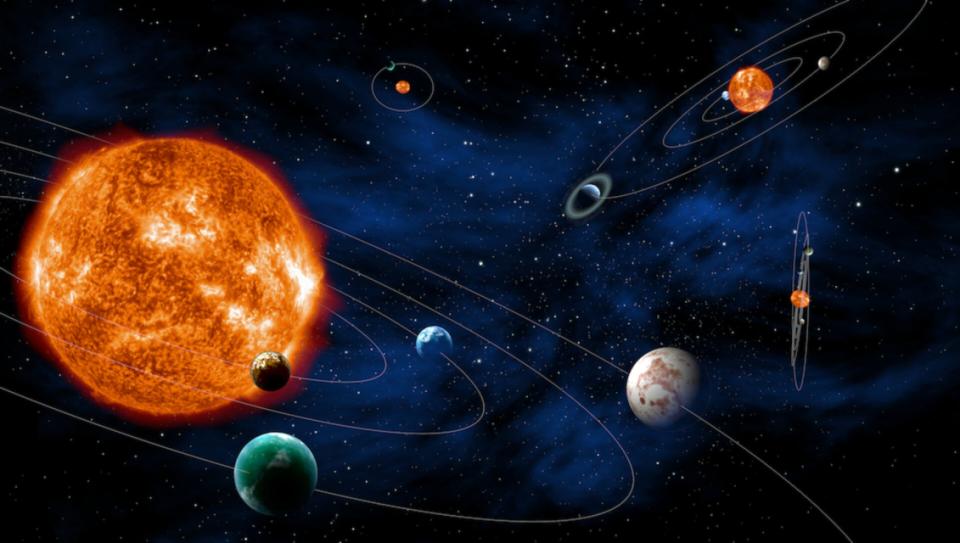Join us for New Worlds, marking 30 years since the landmark discovery of the first planet orbiting a star like our Sun — a moment that sparked the fastest-moving revolution in modern astronomy. In just three decades, the field of exoplanet research has grown from a handful of surprising detections to a thriving discipline with over 5,000 confirmed planets and thousands more candidates. Centuries of speculation about worlds out amongst the stars have given way to one of the most exciting and dynamic fields of research.
The pace of discovery has been supercharged by space missions like Kepler, which revealed that planets are common throughout the galaxy, and its successor TESS, which continues to find new candidates orbiting nearby stars. Looking ahead ESA’s PLATO mission will find new worlds like the Earth, while JWST opens new windows onto these distant systems, and combined with ESO’s upcoming Extremely Large Telescope will give us unprecedented tools to study their atmospheres and potentially even detect biosignatures.
Hosted by Professor Pedro Ferreira (Head of Astrophysics), this event will feature talks by two leading experts in the search for other worlds – Professors Suzanne Aigrain and Jayne Birkby. They will then be joined by one of our brilliant research fellows, Jake Taylor in a panel discussion chaired by our renowned Professor Chris Lintott. Together, they will discuss the questions that still drive the field: How do planets form? What are they made of? And could any of them support life? Whether you’re already an astronomy enthusiast, or simply curious about what lies out in space, this event is a dispatch from the cutting-edge of science, providing an up-to-the-minute briefing and introduction to the science of distant worlds.

